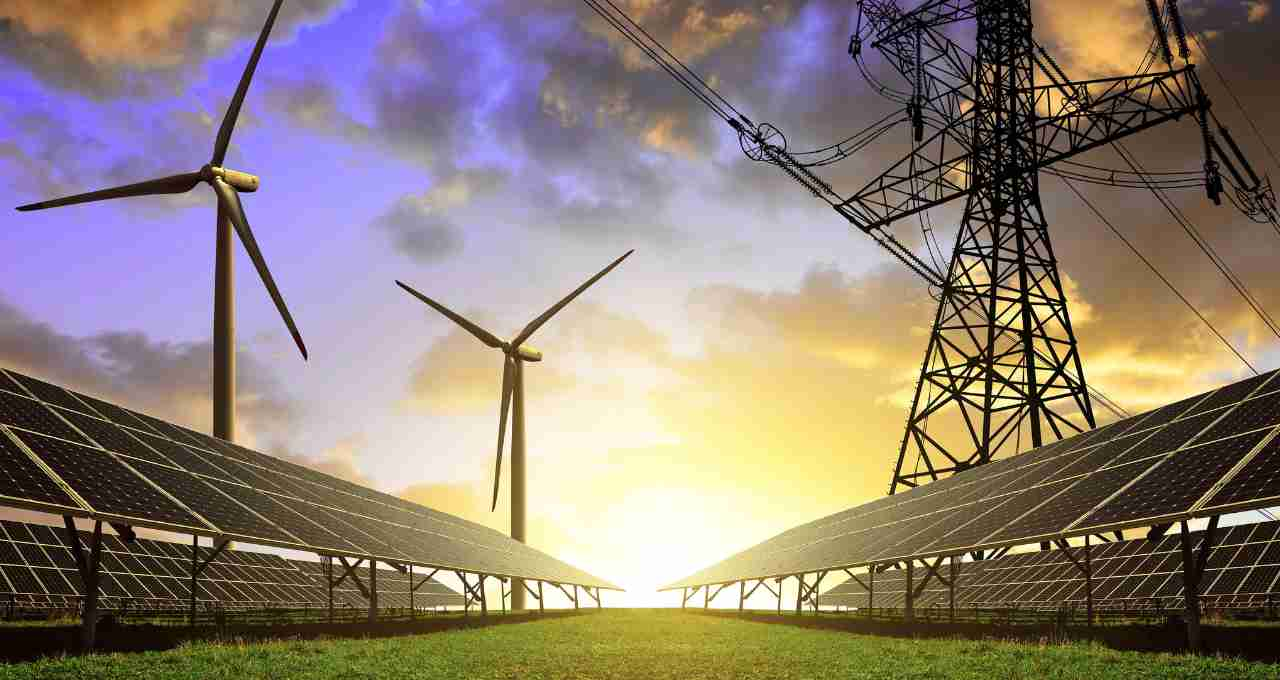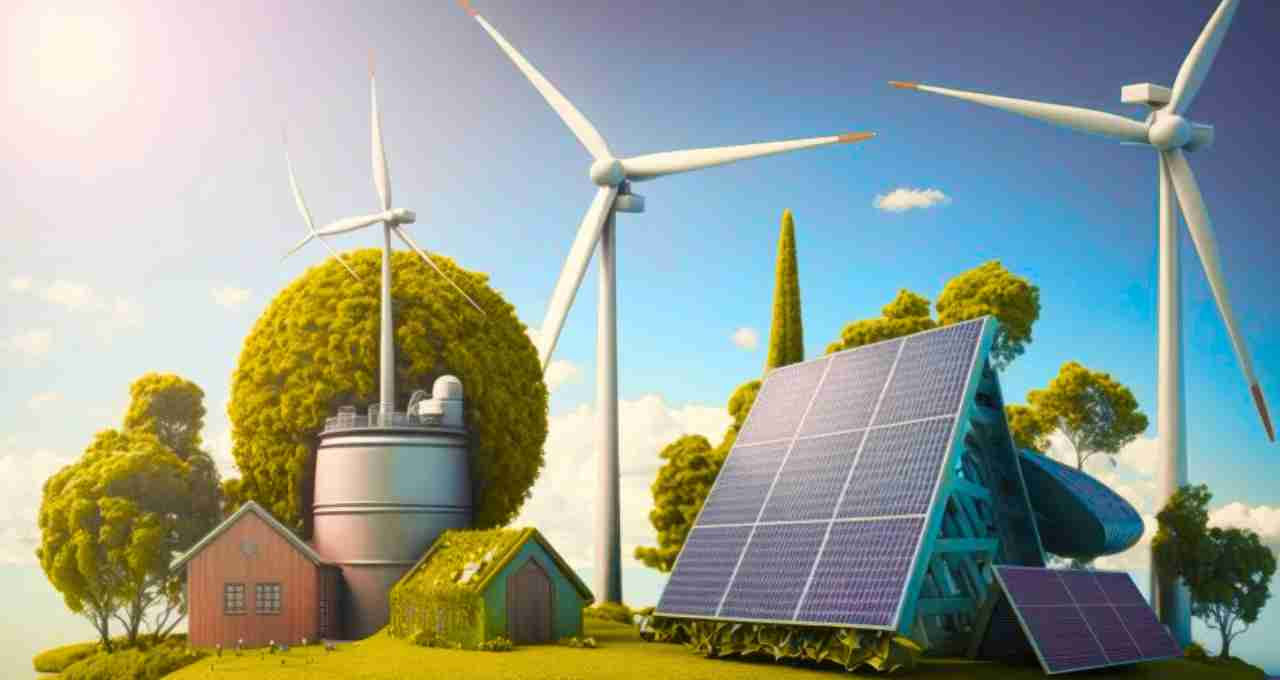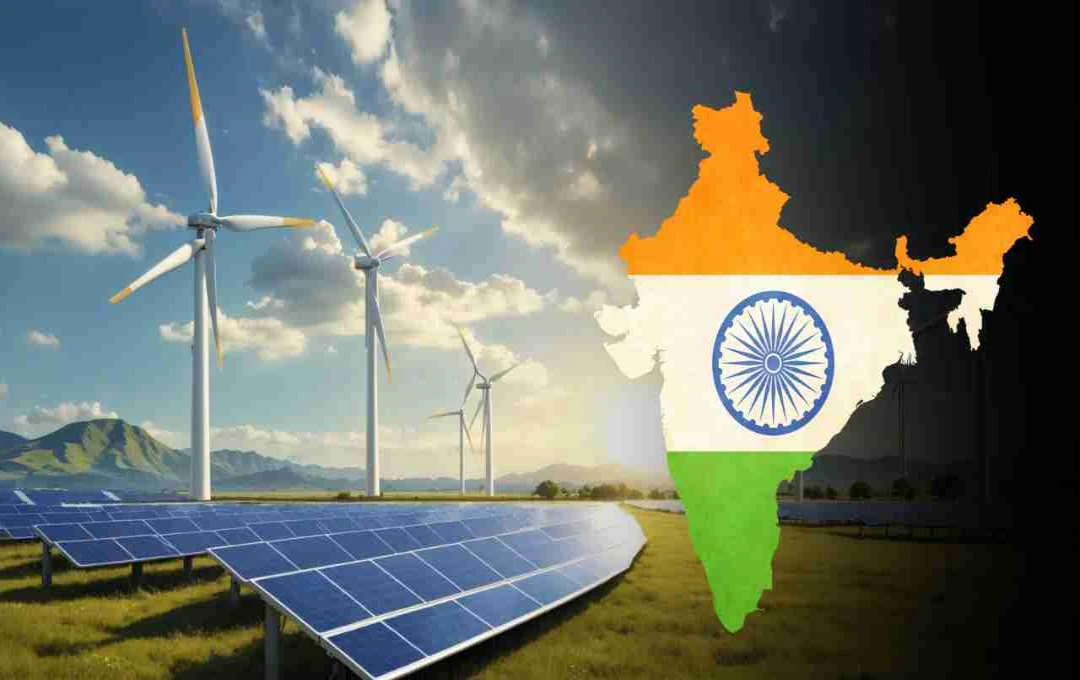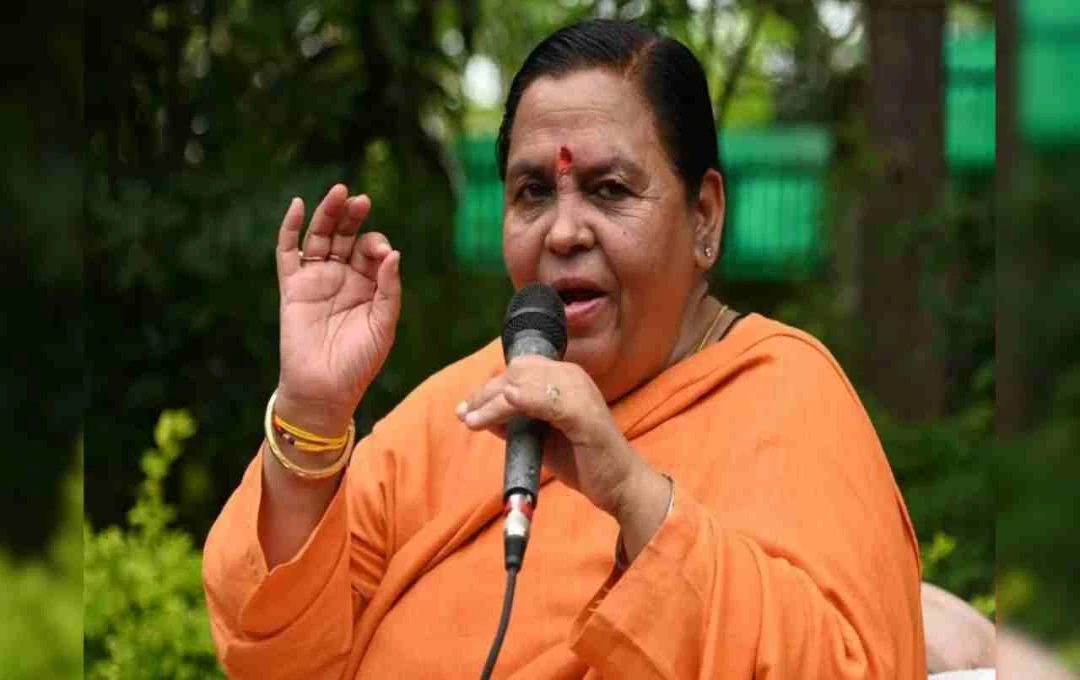India has created a history in the energy sector that seemed unimaginable just a few years ago. The target set for 2030 in the Paris Agreement has been achieved by India five years ahead of schedule. On June 30, 2025, India achieved 50.08 percent of its total electricity generation capacity from non-fossil fuel sources.
This is not just a technical achievement, but it demonstrates that India is no longer just a country following climate agreements, but has become a leader showing the world the way.
242.78 GW out of 484.82 GW is now green

According to the latest data released by the Ministry of Energy, India's total installed electricity generation capacity has reached 484.82 GW. Of this, 242.78 GW of energy now comes from sources that are naturally renewable or carbon-free.
Detailed figures are as follows
- Renewable Energy: 184.62 GW
- Large Hydro Projects: 49.38 GW
- Nuclear Energy: 8.78 GW
- Thermal (Coal, Gas, Diesel): 242.04 GW
Now more than 50 percent of India's electricity does not emit greenhouse gases into the atmosphere.
Impact of Government Schemes Seen on the Ground
Several government schemes have played a major role behind this achievement
- PM-KUSUM Scheme: An initiative to make farmers self-reliant in energy through solar pumps and agrovoltaic systems
- Solar Park Scheme: Large-scale production of grid-connected solar energy
- National Wind-Solar Hybrid Policy: Achieving maximum output by combining wind and solar energy
- Rooftop Solar Scheme: Creating a direct production and consumption model by installing solar plants in homes
- Bioenergy Mission: Promoting energy production from agricultural waste
These schemes have not only brought clean energy to rural India, but their impact has also been clearly seen in industries and urban areas.
Strong steps towards the 2047 vision

The achievement that India has achieved now is considered the foundation of the country's vision of a self-reliant and green India by 2047. This is not just a number, but it is an indication that India is now moving forward in global climate leadership with the strength of technology, policy, and public participation.
Self-reliance in solar module manufacturing, the Green Hydrogen Mission, and continuous work on indigenous energy storage technologies are taking the country in a direction where the need for energy imports will decrease and the possibilities of exports will increase in the future.
The world's eyes are now on India
Currently, many countries in the world are aiming for a 40-45 percent green energy capacity by 2030. India, by exceeding this target in 2025, has shown that nothing is impossible with political will, planning, and the participation of the common people.
It is clear that India is now emerging as a leader in climate matters, not a follower. The next step could be to move towards 60-70 percent green energy capacity, but for now, the country can celebrate this milestone that a green future is no longer a dream, but has become a reality.













